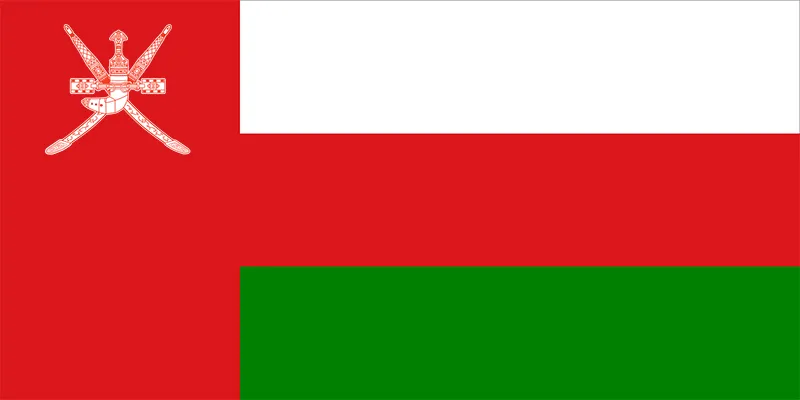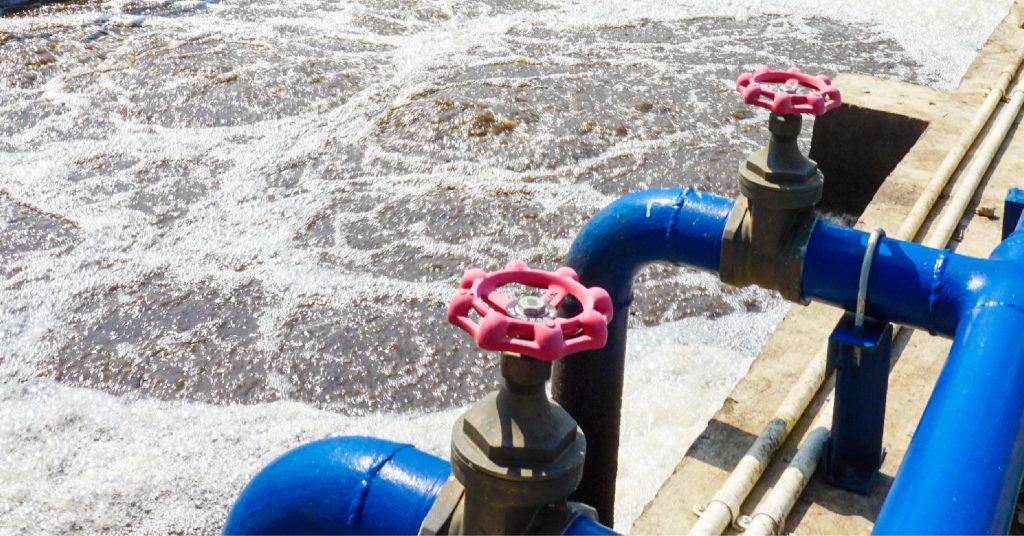Oman, located in the Arabian Peninsula, faces significant water challenges due to its arid climate and scarce freshwater resources. With minimal rainfall and limited groundwater reserves, the country has long grappled with water scarcity. To ensure a sustainable and clean water supply for its growing population, Oman has turned to innovative water treatment methods. These methods, employed in various water treatment plants across the country, are critical to converting seawater and other sources into potable water.
The importance of water treatment in Oman cannot be overstated. In a country where water is precious, treatment systems are essential for maintaining public health, supporting industries, and ensuring long-term sustainability. In this blog, we will explore different water treatment methods, define what is a water treatment system, and discuss the key challenges and innovations shaping the future of water treatment in Oman.
What is a Water Treatment System?
A water treatment system refers to the combination of physical, chemical, and biological processes used to purify water. The system removes impurities, contaminants, and harmful substances from raw water sources, such as seawater, rivers, and groundwater, making it safe for human consumption, agriculture, and industrial use.
Water treatment systems vary depending on the source and quality of the water. These systems may include several stages of purification, such as filtration, chemical dosing, and membrane processes.
Types of Water Treatment Systems
Globally, different types of water treatment systems are employed to meet the demands of various regions. These include:
- Conventional Water Treatment Systems: These systems involve processes like coagulation, flocculation, sedimentation, and filtration to remove suspended solids and pathogens from water.
- Reverse Osmosis Systems: Reverse osmosis is widely used in countries like Oman to desalinate seawater and remove contaminants.
- Membrane Filtration Systems: These systems use semi-permeable membranes to filter out microorganisms, bacteria, and viruses.
Key Water Treatment Methods in Oman
Oman employs several water treatment methods to provide clean water to its residents. These methods are designed to address the unique challenges posed by the country’s limited freshwater resources.
Desalination
Desalination is the most critical water treatment method in Oman. Given the country’s proximity to the sea and lack of freshwater sources, desalination plants play a crucial role in converting seawater into potable water.
Reverse Osmosis
One of the most effective water treatment methods in Oman is reverse osmosis, which is widely used in water treatment plants. Reverse osmosis works by forcing water through a semi-permeable membrane, which filters out salts, chemicals, and other contaminants.
Filtration and Chemical Treatment
In addition to desalination and reverse osmosis, Oman also uses filtration and chemical treatments to purify water. Filtration methods, such as sand filters and activated carbon filters, remove physical particles from water. Chemical treatments, including the use of chlorine or ozone, are added to disinfect the water and eliminate harmful microorganisms.
Innovations and Future Trends in Omani Water Treatment
Sustainable Technologies
In response to the challenges of energy consumption and water scarcity, Oman is embracing sustainable technologies to enhance its water treatment systems. Innovations such as energy recovery devices in desalination plants help reduce energy consumption. Additionally, membrane technologies are evolving, becoming more efficient and less energy-intensive.
Government Initiatives
The Omani government is committed to modernizing its water treatment plants and systems to meet the demands of a growing population. Investments in new technologies and infrastructure are helping to ensure that Oman’s water treatment systems remain efficient and capable of providing clean water for years to come.
Ion Exchange: Leading the Way in Water Treatment Solutions for Oman
Ion Exchange has played a pivotal role in supporting Oman’s water treatment efforts. The company specializes in providing advanced water treatment systems tailored to the specific needs of the region. By offering solutions that improve the efficiency of water treatment plants and reduce energy consumption, Ion Exchange is helping Oman meet its water quality and sustainability goals.
For over six decades, Ion Exchange has been delivering an extensive range of advanced water treatment solutions to industries, institutions, municipalities, homes, and communities worldwide. Their offerings encompass both customized and pre-engineered water treatment plants, designed to cater to diverse needs such as clarification, filtration, disinfection, and process water treatment. They also specialize in post-treatment solutions to polish treated water, ensuring it meets the stringent quality standards required for various applications. From urban to rural environments, Ion Exchange provides reliable and innovative water treatment solutions to meet the most critical water quality requirements. Their advanced solutions include:
Conclusion
In conclusion, water treatment is a critical component of ensuring a clean and sustainable water supply in Oman. Through the use of desalination, reverse osmosis, and advanced filtration methods, Oman’s water treatment plants provide clean water to communities across the country. However, challenges such as water scarcity and high energy consumption remain, necessitating continuous innovation in water treatment systems.
Oman’s investments in sustainable technologies and modern water treatment systems ensure that the nation can meet future water demands. By embracing these innovations, Oman can maintain its position as a leader in water management in the Middle East.


